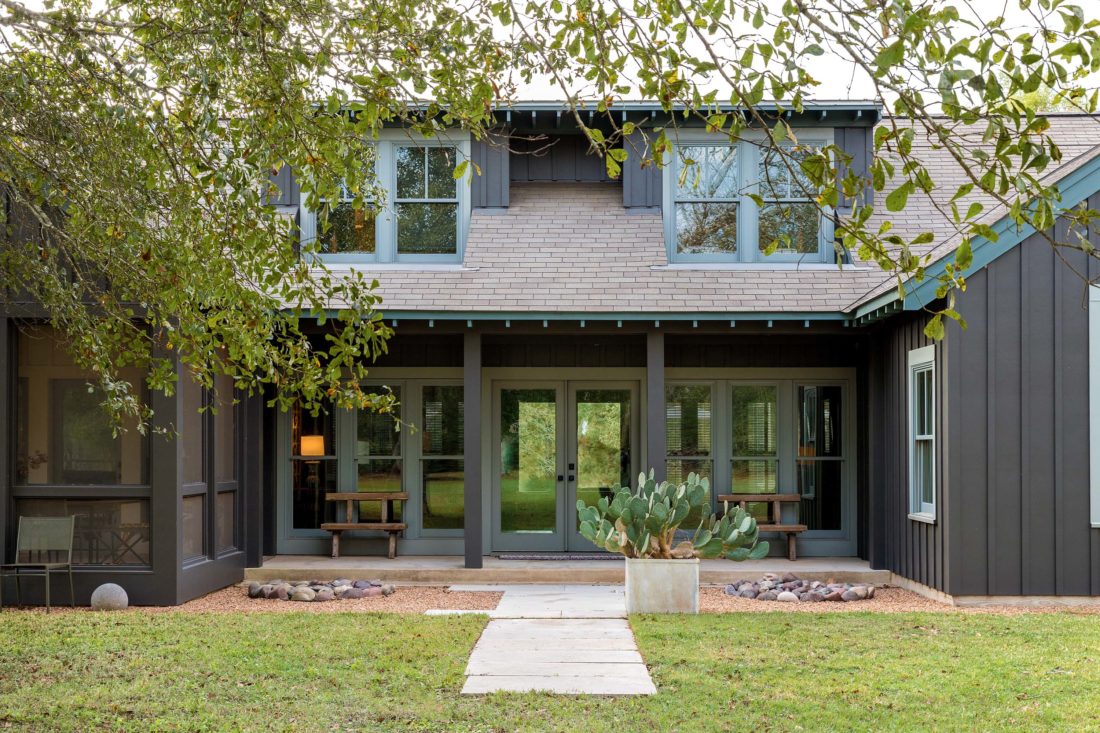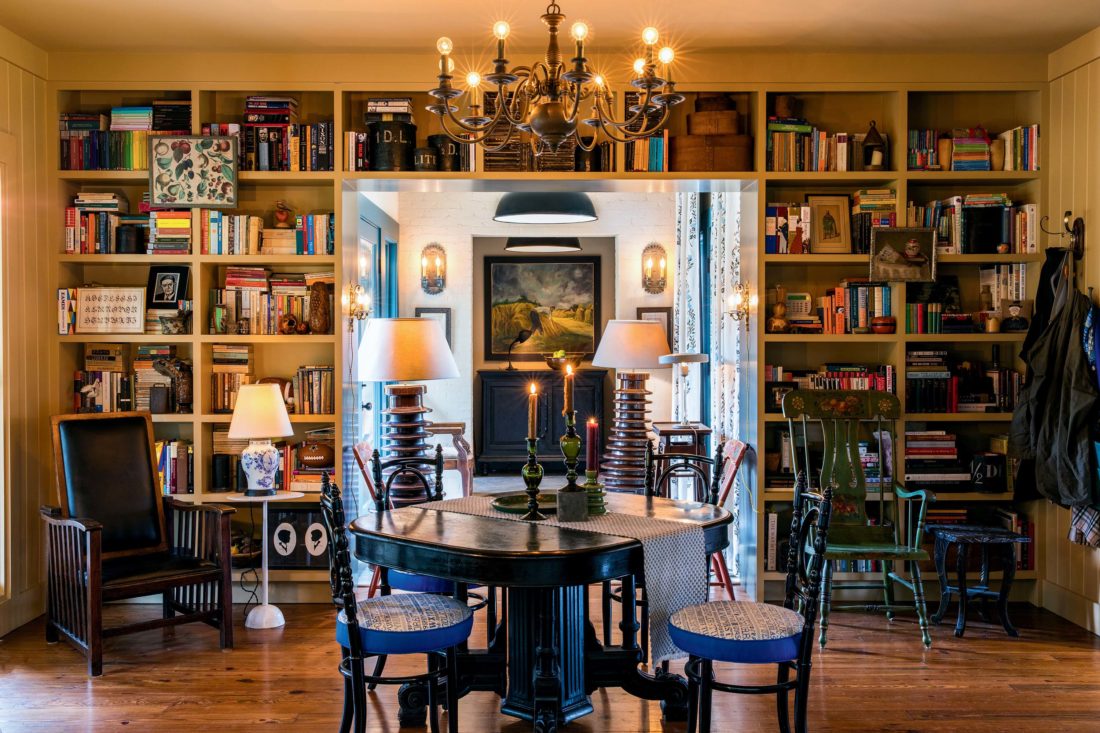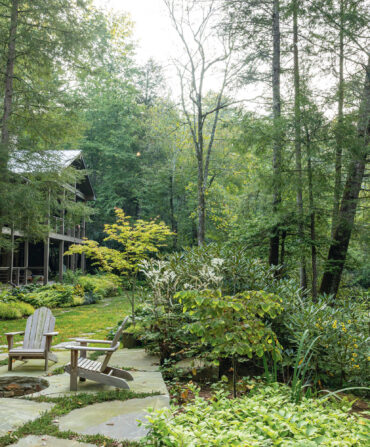I always wanted a library–slash–dining room,” says Jill Brown, who owns a housewares shop in Houston. “I always wanted to eat and entertain among books.”
Perched at her ebonized mahogany Napoleon III table in a corner lined with shelves of art tomes, an Hermès scarf casually tossed around her neck and a spread of cheeses and crusty breads laid before her, Brown exudes the unmistakable air of someone who has spent a fair share of time in Europe. This three-bedroom country home northwest of the city, near the town of Bellville, looks equally civilized. Brown’s little pocket of East Texas, where the coastal plains give way to gently rolling hills carved into small farms and vacation acreage, lends itself well to the finer pleasures of country life.
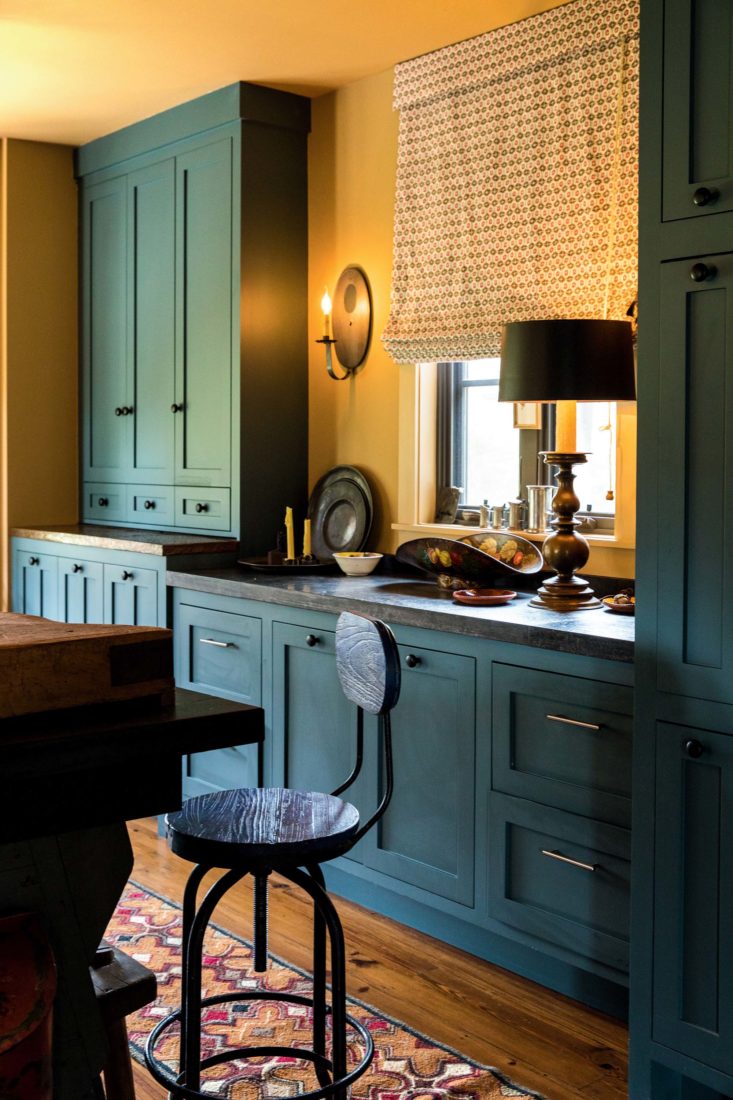
Brown, who grew up in rural Ohio plowing row crops and picking tomatoes, found her inner European when her now-late husband’s job took them overseas for four years beginning in 1997. He worked for a Belgian company, and rather than surrounding herself with other expat spouses, she often explored the country solo. “It gave me a kind of courage and confidence,” she says.
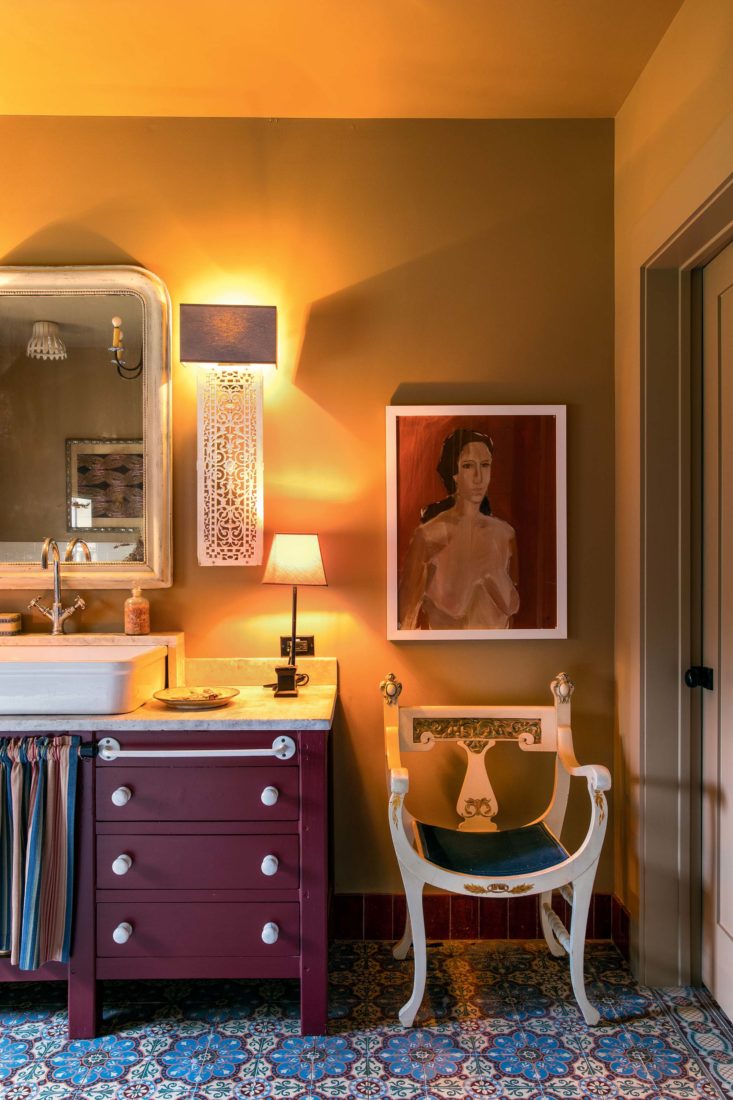
On her second day in Brussels, Brown discovered the famous flea market in the Place du Jeu de Balle—“all this stuff laid out on the ground, some junk, some not. I mean, someone found a Picasso one day. I was like, ‘Oh, everything’s going to be okay.’” She rented a little stick-shift car and started filling up their basement with treasures. As a child, she’d often gone to farm auctions with her mother, who liked antiques and classic Americana, and after college Brown had worked as a fashion and housewares buyer for Federated Department Stores. She’d always been a “thing finder,” she felt, and her adventures poking around Belgium took that preoccupation to a new level. In time, she developed a signature look that married the different periods of her life—American farmhouse meets European elegance, equal parts rustic and stately.

Today that blended aesthetic runs through Brown’s home. Designed in partnership with the now-late Houston architect Reagan Miller, the home evokes the Midwestern farmhouses Brown grew up around, the Belgian farmhouses she fell in love with, and a William Wurster–designed residence outside Santa Cruz, California—the Gregory Farmhouse—that is famous in part for feeling at once old and new. Miller helped Brown pull off the same trick. Her home, built in 2013, features elements that feel fresh yet deeply rooted in place: In the concrete-floored entryway, two giant ceramic high-voltage insulators Brown found in Northern France form the bases of a pair of striking floor lamps that set an eclectic tone. Steps away, just inside the dining room/library, two floral-painted wooden chairs by the Ohio folk artist Lew Hudnall, passed down from her mother, hit a more down-home note. In the master bedroom, a set of linen crewel curtains, embroidered with flowers, appeared in Brown’s life back when she and her husband lived in Michigan. A neighbor whose family had started the Packard Motor Car Company was dispensing with some historical items, and had unceremoniously put them out on the curb.
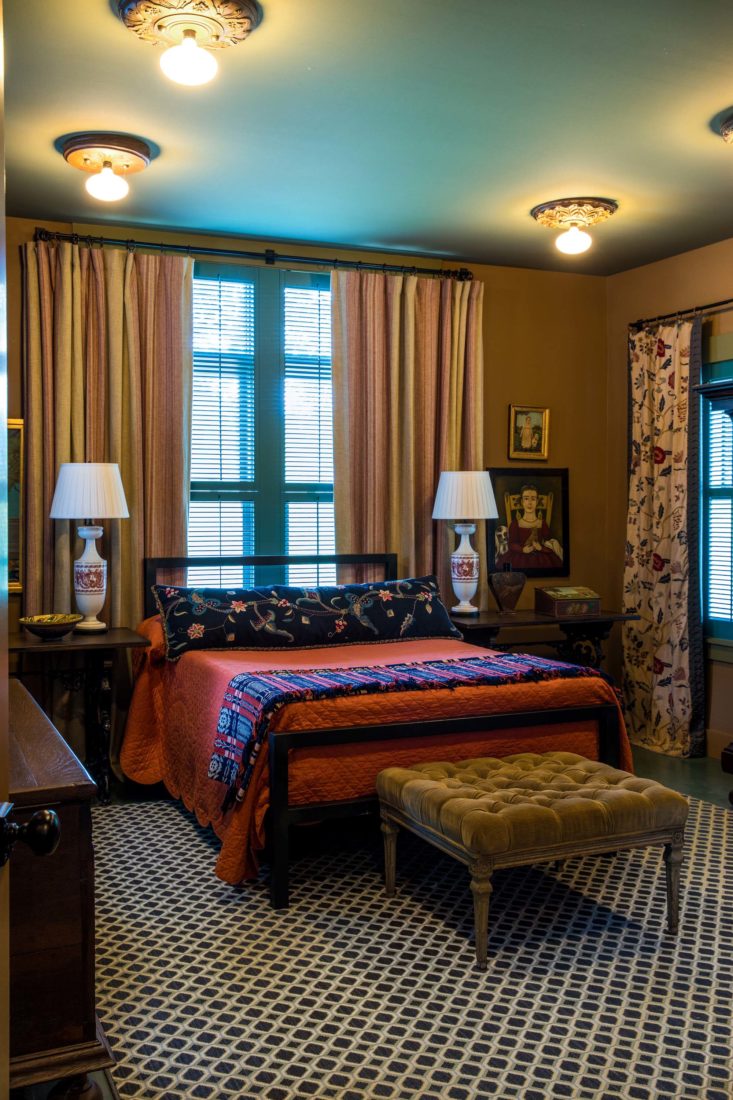
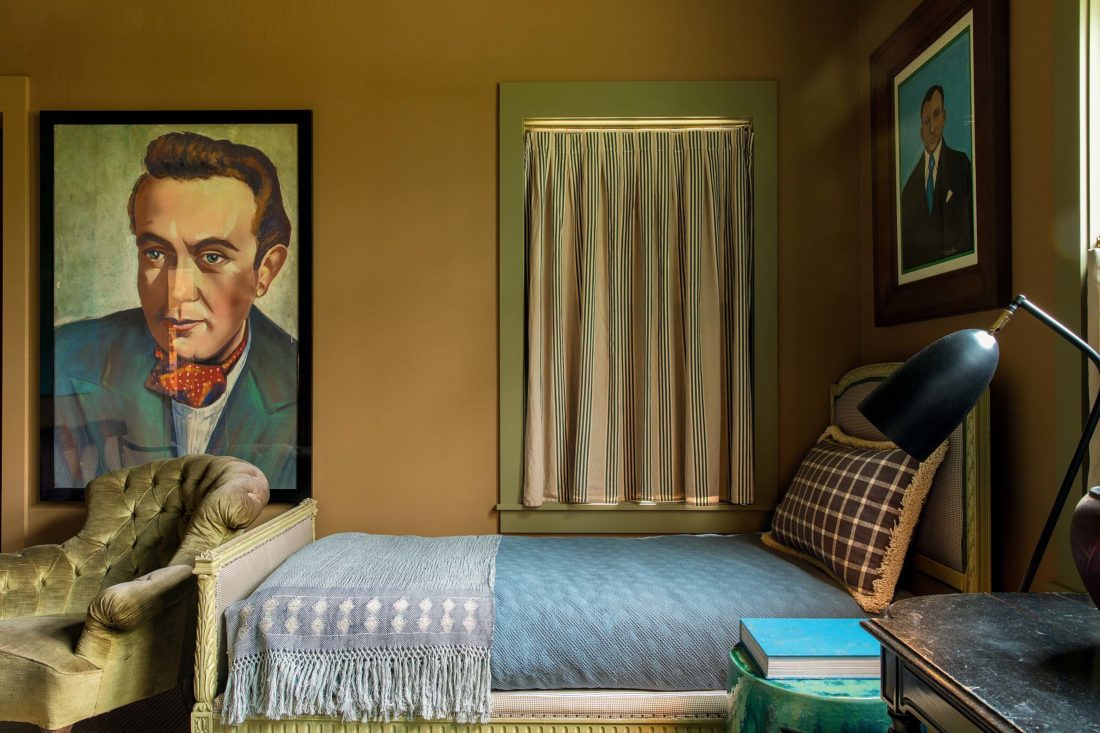
Brown likes to call the home her “leftovers house.” After her husband’s sudden death, in 2003, she set out in search of a passion project and decided to open a home-goods store in Houston, where the family had been living. She had a warehouse full of finds from Belgium but had not yet settled on a business model for selling them. So she bought a bungalow with a wide front porch in the centrally located Upper Kirby neighborhood and turned it into a store. Initially called Brown, the shop quickly established itself as a local institution, a place where the city’s ample collector class could find one-of-a-kind pieces that made statements without being showy.
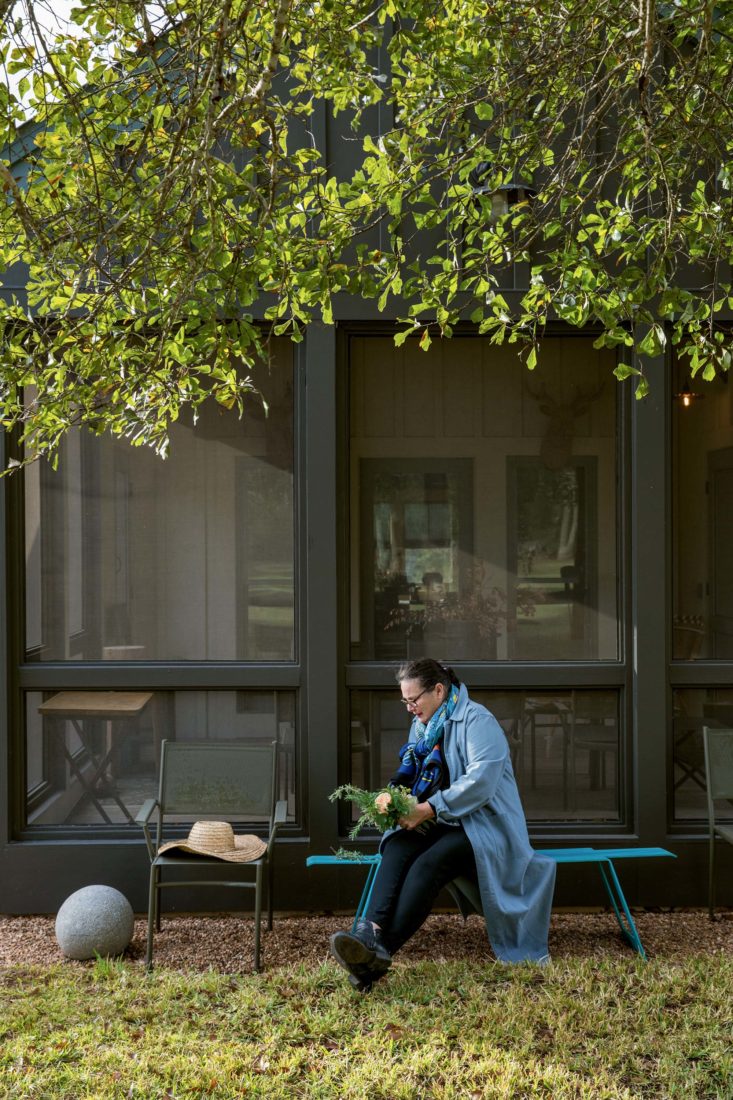
Odds and ends that didn’t make it from the warehouse to the store, or never quite took off with customers, often ended up in Brown’s Bellville home. “They weren’t duds to me,” she says. Steel factory windows from Belgium, for instance, found their way into the brick-walled wing of the house, where mismatched slabs of marble—red, gray, large, small—compose the powder-room floor.
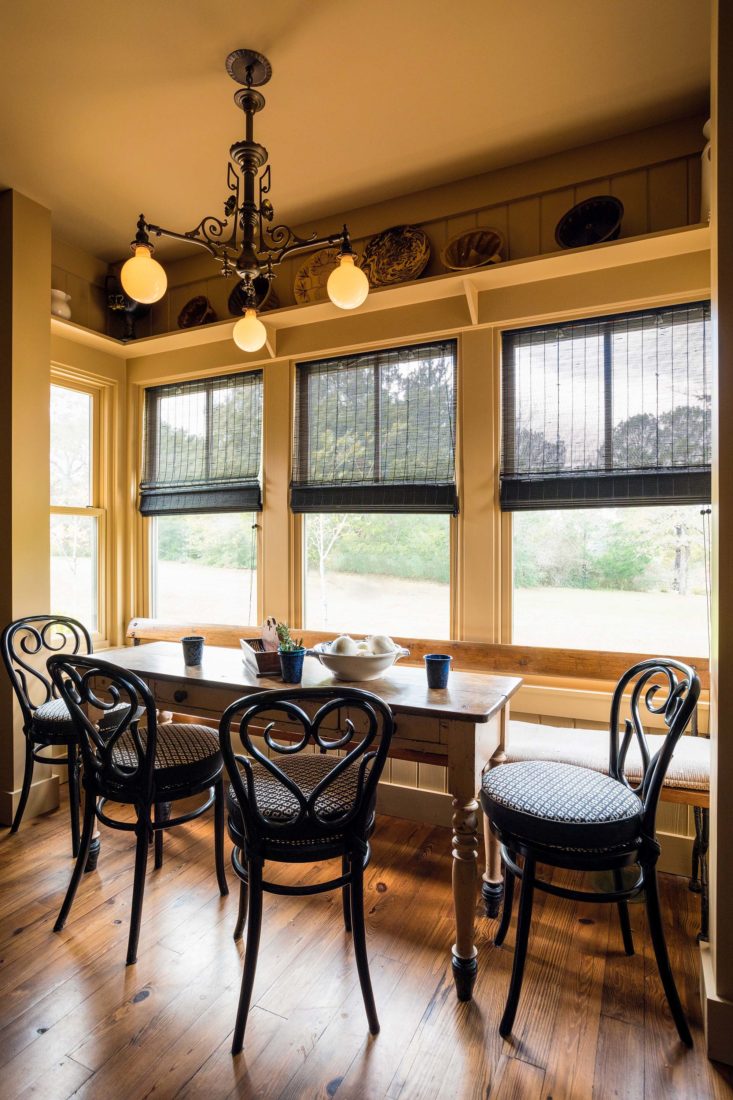
The hallmarks of Brown’s style—at her store as well as in this house—include a rich but natural-feeling palette. In the kitchen: dark greenish-blue cabinets, walls the color of butternut squash, and hooked rugs with geometric patterns in shades of red, yellow, and blue. In the master bedroom, pine floors painted deep green, walls a different shade of butternut, and bright turquoise window trim. All of which fits together in a way that may sound unconventional but couldn’t look more organic—a harmony that reflects her personal history in the form of a color scheme.

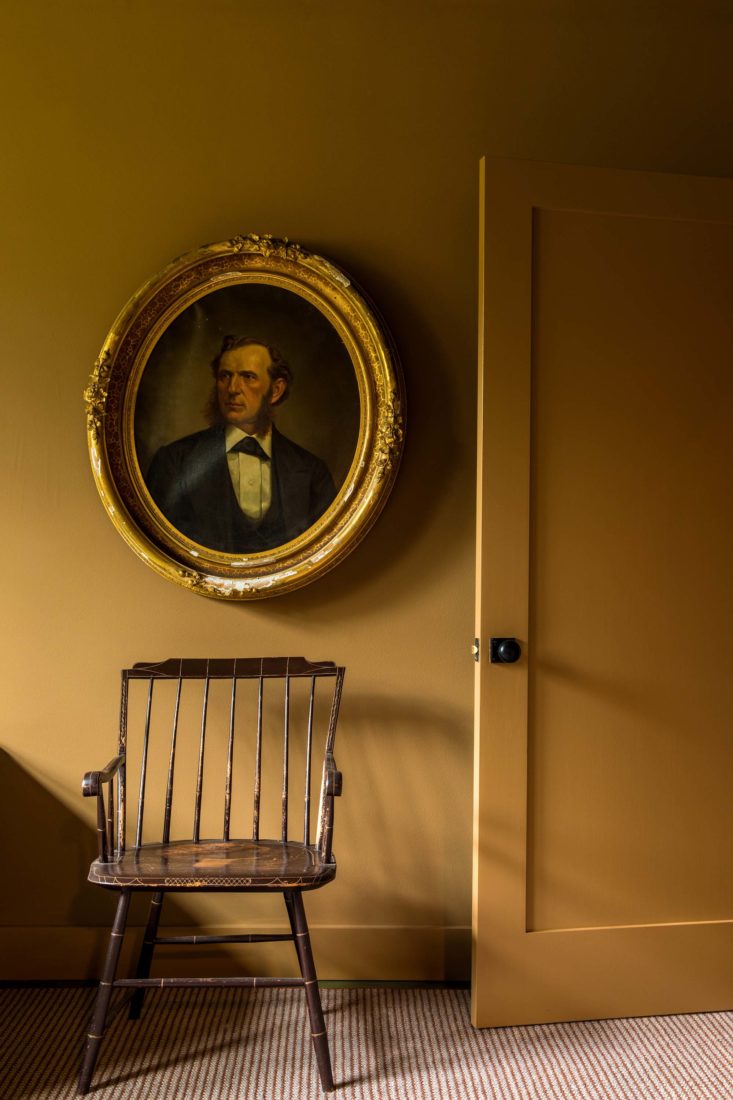
After reopening her shop in October under the new name Brown House and Wares, repositioning the mix from mostly furniture and lighting to primarily gifts and housewares, Brown spends her weekdays in Houston. As she makes the hour drive most weekends out to Bellville, relief sets in. She may spend mornings riding the lawn mower or tending the rose garden, which lies behind a split-rail fence across from a broad sitting area around a fire-pit, and often hosts her two adult sons and their families. But quiet moments are when the house does its best work. Brown likes reading amid the honeysuckle on a bench in the woods just beyond the backyard. Or curling up at that dining table, perhaps polishing the silver—“therapeutic,” she says—or living her dream of enjoying a bite among her books.
